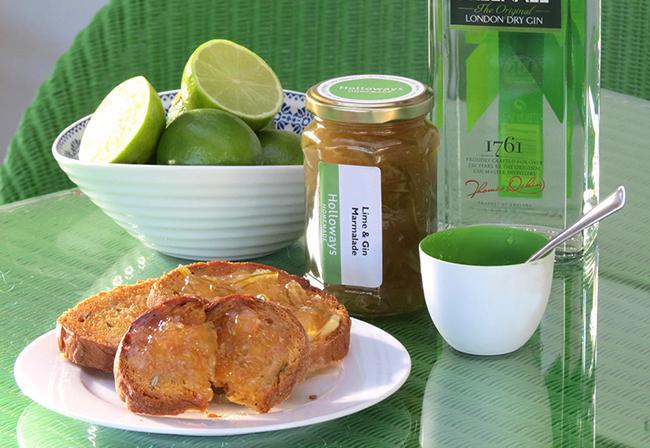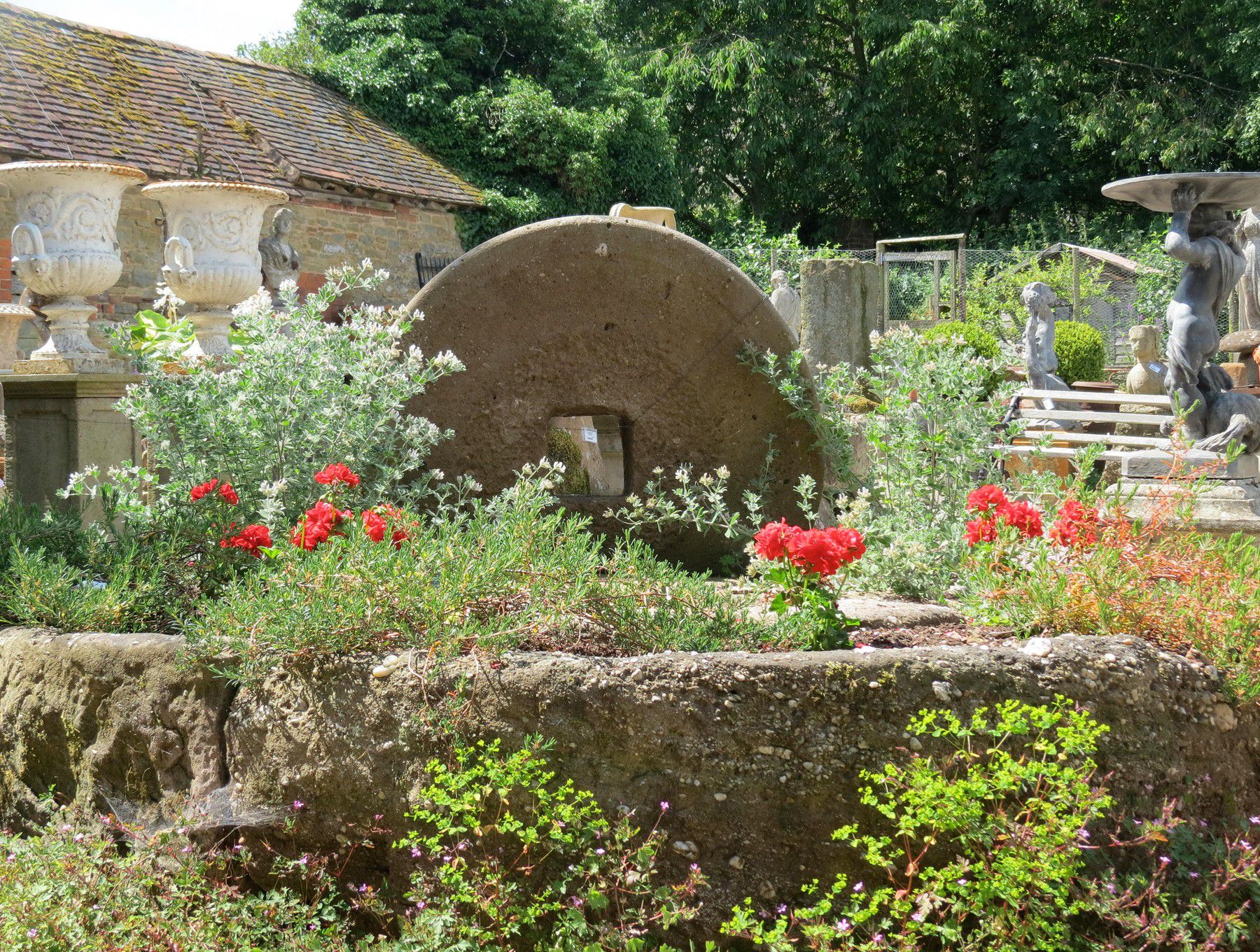There is a lovely aroma coming from the Glasshouse kitchen at the moment. Marmalade season is here. Every January and February the delicious fragrance of oranges and sugar boiling on the stove permeates around Holloways, and jars of amber nectar are labeled and shelved.

Seville Oranges
Seville oranges are, of course, the traditional fruit for making marmalade. Their sharp, bitter juice marries with the sugar to make a perfectly balanced, sweet but pleasantly bitter preserve, filled with fresh fruit flavour. But they have a short season and you may not find them outside January and February. Luckily you can be much more imaginative and use virtually any citrus fruits.
The Holloways Homemade range uses Seville oranges, sweet oranges, lemons and limes and introduces new flavours. They love to experiment!
Already in the jar this year:
- Seville Orange and Local Ale Marmalade
- Military Seville Orange and Lemon Marmalade
- Seville Orange and Brandy Marmalade
- Gin and Lime Marmalade
The Holloways Homemade range of marmalades is available from The Glasshouse Café at Holloways. All for just £2.75!

Top tips on marmalade making
Thick or thin?
Thin, medium or thick-cut peel is really a matter of preference. Our marmalade is filled with perfectly uniform shreds, hand-cut by Lis. The peel also needs to be very soft before pouring in the sugar as it will not soften any more after the sugar is added.
A perfect set
Pectin is the glue that sets the marmalade. The pips and pith of Seville oranges are particularly rich in pectin, so collect the pips and pith in a muslin bag to simmer with the chopped peel before the sugar is added. After a long simmer, a good squeeze of the muslin bag will ensure every last bit of pectin has been added and the marmalade will set well.
Don’t rush it
The jam needs to settle and thicken slightly for 15 min in the pan so the peel will be suspended throughout the marmalade. If you pot while it’s hot, the peel will float to the top of the jars.

Gin and Lime marmalade
750g limes
2 lemons
1.25 litres of water
1.2kg granulated sugar
100ml gin
- Wash the fruit well and boil in the water for 1 to 1 ½ hours, until the fruit is soft. Cool and reserve the cooking liquid. Quarter the fruit and scrape out the pips, pith and fruit pulp.
- Return pips, pith and pulp to the cooking liquid. Boil rapidly for 15 minutes.
- Slice the peel thinly. Strain the cooked fruit and liquid through a jelly bag overnight.
- Pour the strained liquid back into the cleaned pan. Add the peel and sugar. Gently heat until sugar has dissolved then boil rapidly for about 10 mins.
- Test for setting a cold saucer. It is set if the surface wrinkles when you pull your finger across. As setting point is reached pour in the measured gin. Be careful of splashes.
- Boil for another two minutes, allow to sit for 10 – 15 minutes, then pour into clean, warm glass jars. Seal quickly.
![Living Room Furniture]()
![Conservatory & Garden Room Furniture]()
![Garden Furniture]()
![Free Interior Design Service]()
![Living Room Furniture]()
![Conservatory & Garden Room Furniture]()
![Garden Furniture]()
![Free Interior Design Service]()


















